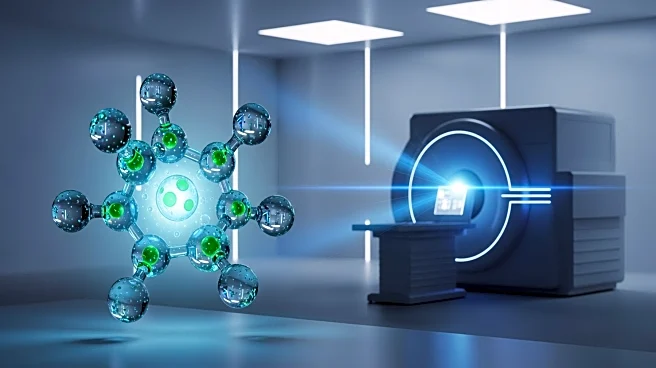What's Happening?
A recent perspective article discusses the clinical translation of PET imaging for adoptive cell therapies, particularly CAR-T cells. The article highlights various imaging strategies, including direct
and indirect labeling, which allow for visualization of CAR-T cell therapies. These techniques are crucial for tracking cellular kinetics and optimizing therapeutic approaches. The article also emphasizes the importance of selecting appropriate imaging probes and radioisotopes to ensure effective imaging without compromising cell viability. The role of molecular imaging in drug development is underscored, with potential applications in optimizing cell therapy candidates and streamlining clinical trials.
Why It's Important?
The development of effective imaging techniques for CAR-T cell therapies is vital for advancing cancer treatment. By enabling precise tracking of therapeutic cells, these imaging strategies can improve the understanding of treatment mechanisms and enhance the efficacy of cell-based therapies. This has significant implications for oncology, where CAR-T therapies are increasingly used to target specific cancer cells. Improved imaging can lead to better treatment outcomes, reduced side effects, and more personalized therapeutic approaches, ultimately benefiting patients and healthcare providers.












